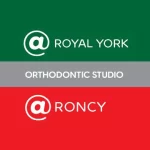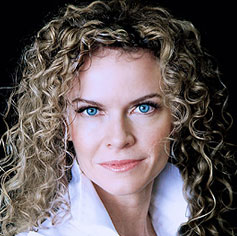
Have you ever experienced the pain of trying to talk, eat or drink with cold or canker sore in your mouth? Cold sores can take 1-2 weeks to heal and canker sores will not disappear until the source of irritation is eliminated. Dental laser treatment is a fairly quick, painless treatment for these raw and tender types of sores. Laser treatment can significantly reduce healing time. Most people are not aware of our laser treatment for these unpleasant conditions.
What is the difference between cold sores and canker sores?
 Cold sores (also known as oral herpes simplex) are viral in nature. Therefore, the lesions are contagious. Once a person contracts the virus, it can lay dormant between outbreaks, which may be triggered by trauma, stress, sunburn, illness, or cold weather. They are found on the lips, gingiva (“gums”), and hard palate, and are traditionally treated by antivirals (e.g. Acyclovir).
Cold sores (also known as oral herpes simplex) are viral in nature. Therefore, the lesions are contagious. Once a person contracts the virus, it can lay dormant between outbreaks, which may be triggered by trauma, stress, sunburn, illness, or cold weather. They are found on the lips, gingiva (“gums”), and hard palate, and are traditionally treated by antivirals (e.g. Acyclovir).
Canker sores (also known as recurrent aphthous ulcers) are likely autoimmune mediated, and are not contagious. Possible etiological factors include stress/lack of sleep, trauma, immune system reaction, citrus fruit, a deficiency of B12, Iron, or Folic acid, hormonal fluctuations, and allergies (e.g. SLS in most toothpastes!). They are found on the inner lips, tongue, soft palate, floor of mouth, and buccal mucosa (inner cheek), and are traditionally treated by steroids (usually a mouthwash or gel).
It’s common for canker sores to be confused with cold sores. If you are wondering whether you have a canker sore or a cold sore, look at the location. Canker sores are always found inside the mouth. Cold sores can appear outside the mouth, around the lips, chin, and nostrils. Also, while canker sores appear as small open sores that are yellow or white, cold sores appear as red, fluid-filled blisters that typically occur in groups. Unfortunately, contrary to canker sores, cold sores are contagious.
So how can a laser help?

The laser’s energy destroys the virus particles (of cold sores), dries out the lesions, relieves pain by killing nerve endings, and promotes healing via bio-stimulation from the light. The procedure is quick and painless.
Pain relief is immediate. Healing time of the cold/canker sore will be significantly decreased. The best time to come in for laser treatment of your cold/canker sore is when it is still in the burning/tingling stage. Treatment will be more predictable and effective, and the lesion may never develop. After treatment, both the frequency and intensity of sores will decrease.
Frequently Asked Questions
Does it hurt during the treatment? During treatment some people feel nothing. Others may experience a warm sensation. It is painless!
Are there any side effects? Absolutely no side effects! It is even safe to use on infants.
Will it look different after? Immediately following the laser treatment, although the healing has started and the pain is gone, the lesion will appear the same. You will see a visual difference in 16-24 hours.
How long to cold sores last? If not treated with the Diode laser, the first outbreak can last up to 2 weeks.. There’s no cure for cold sores, but with our laser therapy you will pain free and healed in 2-5 days.
How Does the laser work? Laser treatment seals the nerve endings giving immediate relief from itching, burning, tingling or pain. It bio-stimulates the area encouraging quicker healing. In the case of the herpetic lesion (cold sore), the viral particles are destroyed resulting in the transformation of the lesion from the active to the healing phase. If the herpetic lesion can be treated during the prodromal stage (the first signs of development) we can stop the lesion from ever manifesting.
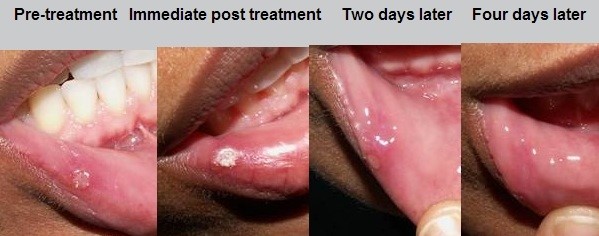
Recent Posts
-
Inside the World of Orthodontists: Education, Precision, and Transformative Treatments
The Evolution of Orthodontics: A Brief Historical Overview Orthodontics, an integral branch…
-
How Orthodontists Plan a Treatment for a Beautiful Smile
Understanding the Patient's Unique Needs A positive self-image and confidence can result…
-
Unleash Your New Smile! Here's What You Need to Know Before Braces Removal
Are you excited to see your smile transformation? Taking your braces off…
-
Traits That a Good Orthodontist Should Have
Choosing an orthodontist is half your smile transformation journey. That’s why in…
-
How Braces Can Help Fix an Asymmetrical Jawline
An asymmetrical jawline can cause concern for many individuals, affecting their appearance…
-
Can Cavities Be Reversed?
Cavities are among the most common dental issues people of all ages…
-
What to Prepare During Your First Braces Appointment
Are you about to embark on your journey to a beautiful smile…
-
Taking Care of Baby Teeth: A Comprehensive Guide for Parents
Caring for our children's health is one of our most crucial responsibilities…
-
What are Brace Elastics?
If you or someone you know is undergoing orthodontic treatment with braces,…
-
Difference Between an Overjet and Overbite: A Comprehensive Guide
Two orthodontic terms that often confuse our patients are "overjet" and "overbite."…
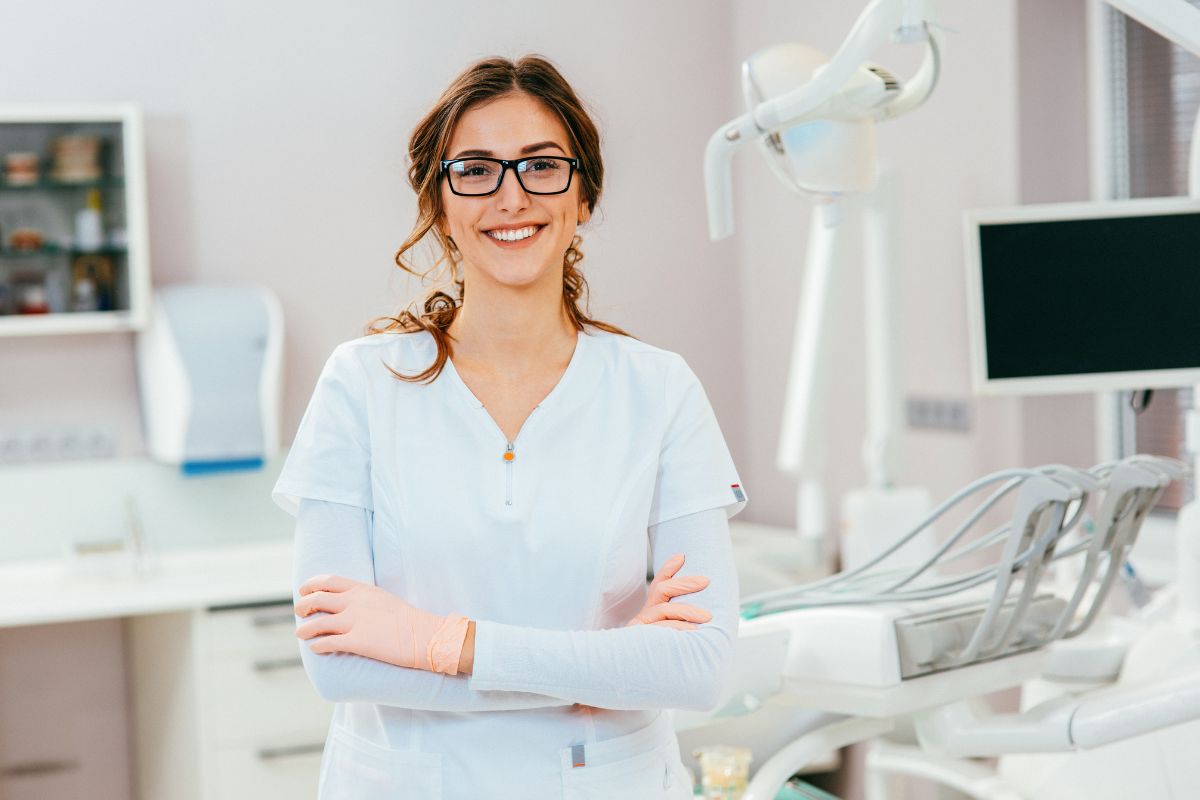
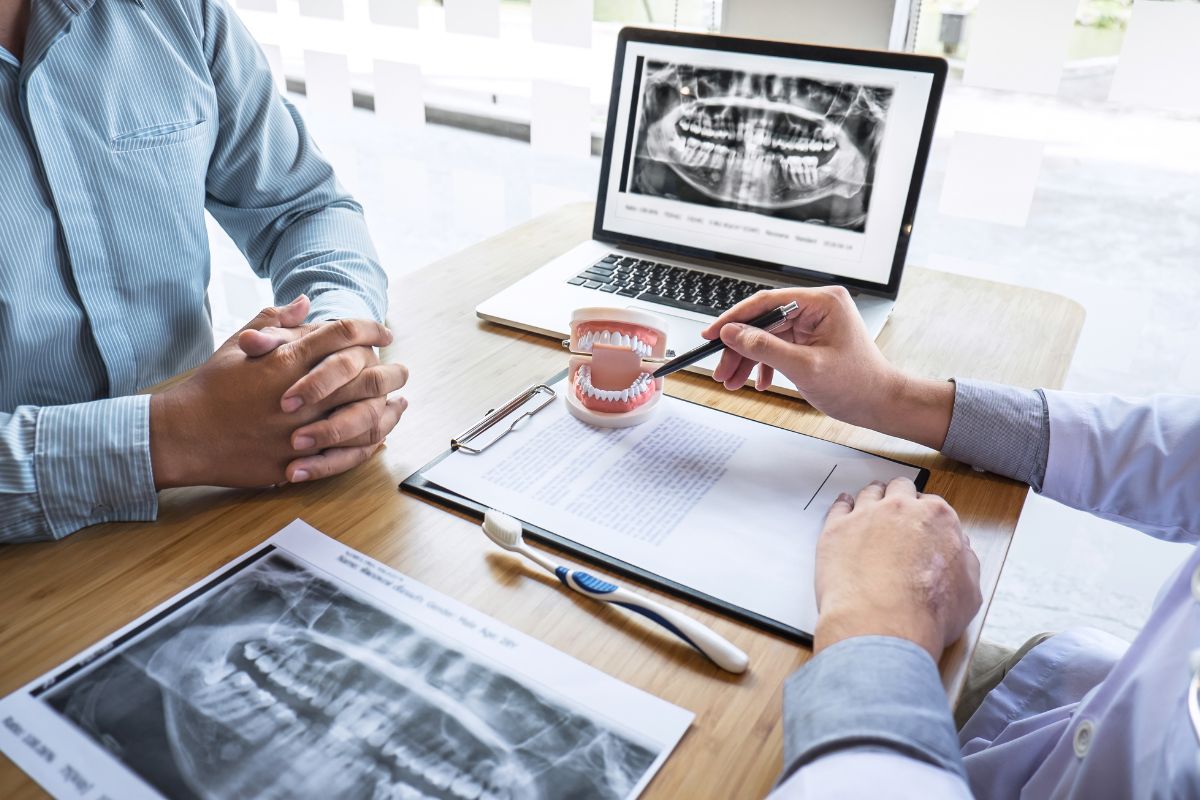
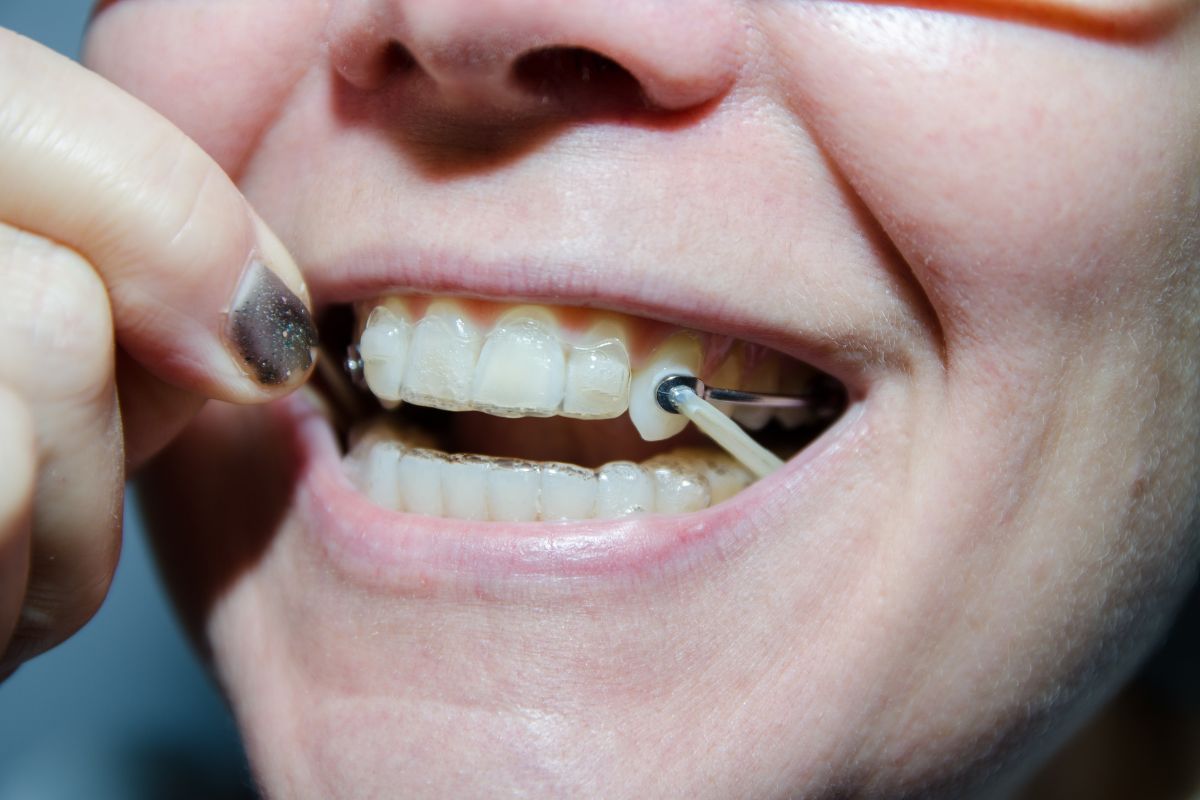



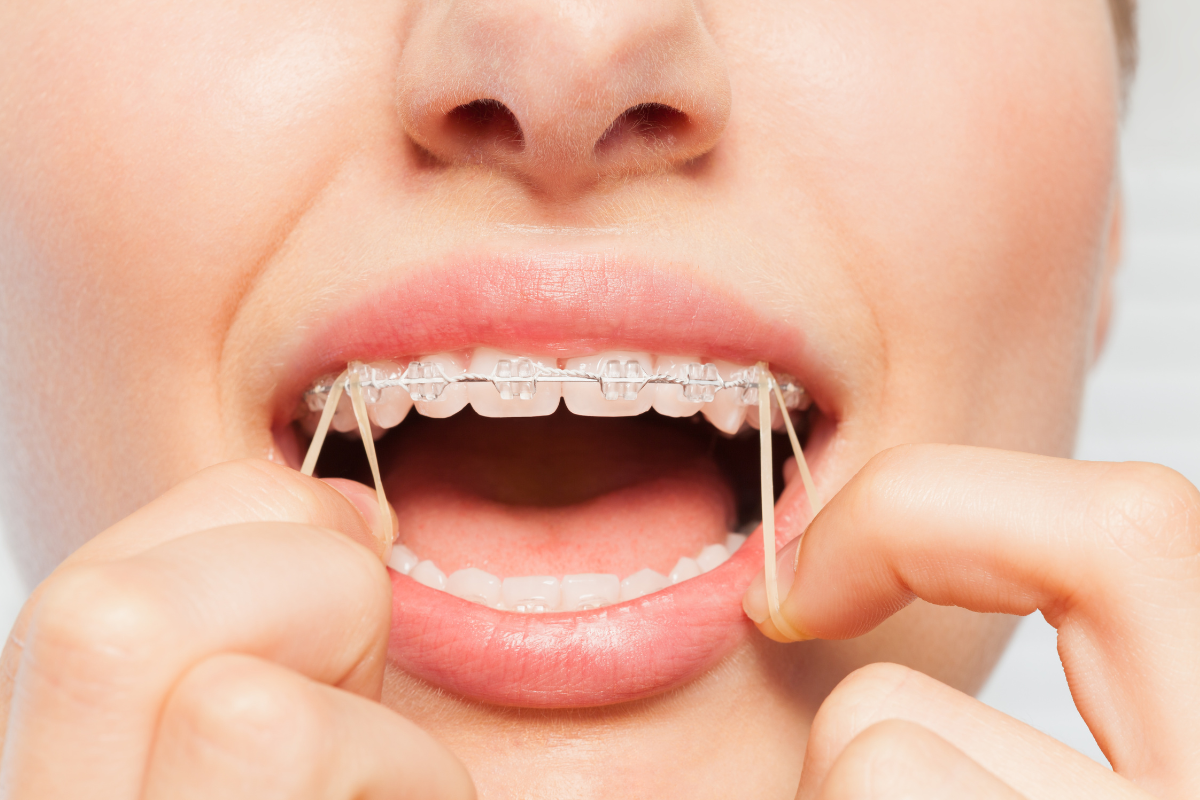
 Instagram
Instagram